-
 © Audi
© Audi -
 © Daimler
© Daimler -
 © Daimler
© Daimler -
 © Public domain
© Public domain -
 © French National Library/Creative Commons licence https://creativecommons.org/publicdomain/zero/1.0/legalcode
© French National Library/Creative Commons licence https://creativecommons.org/publicdomain/zero/1.0/legalcode -
 © RM Sotheby’s
© RM Sotheby’s -
 © Bain News Service/Public domain
© Bain News Service/Public domain -
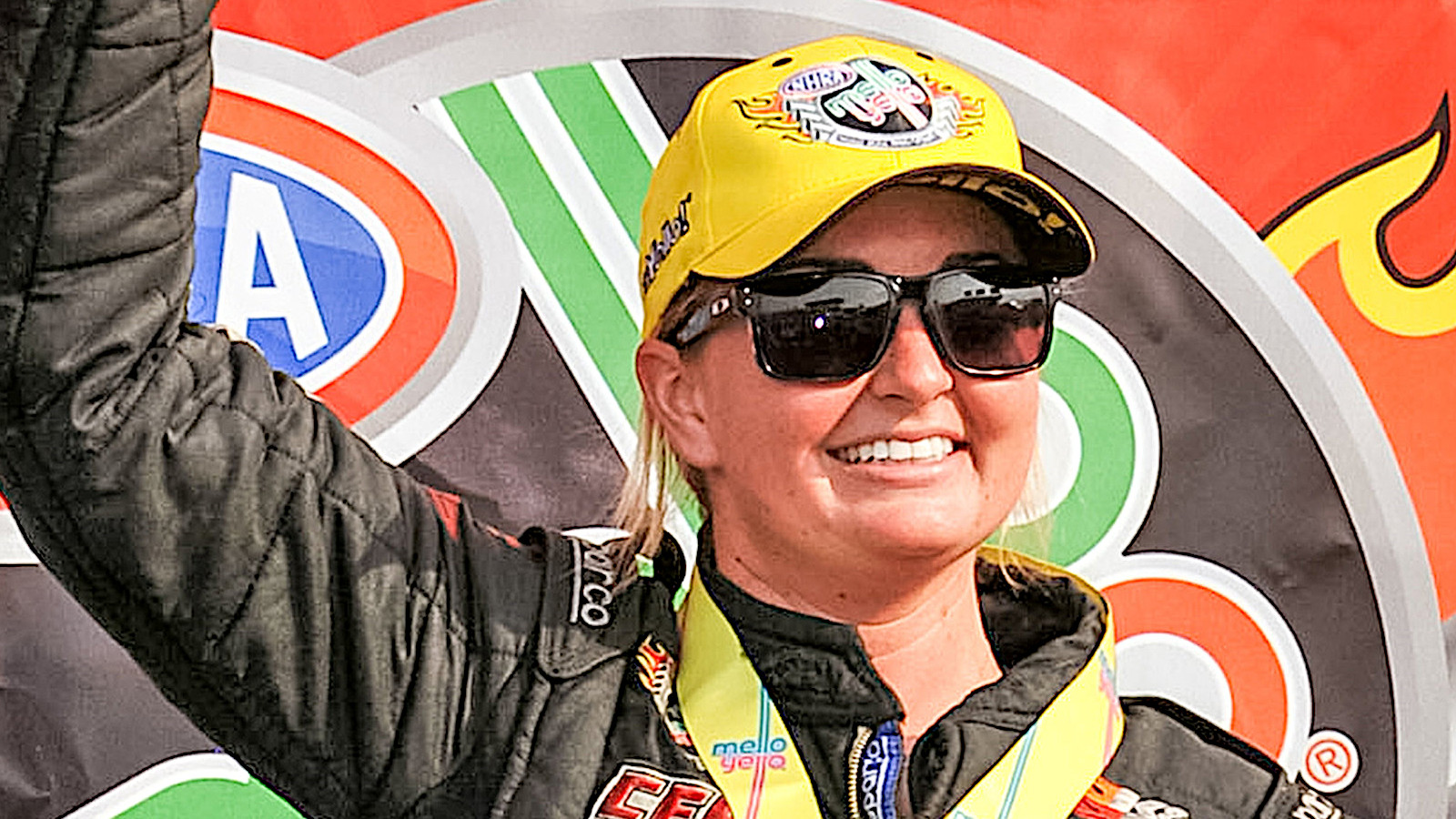 © GM
© GM -
 © GM
© GM -
 © Junek family archive
© Junek family archive -
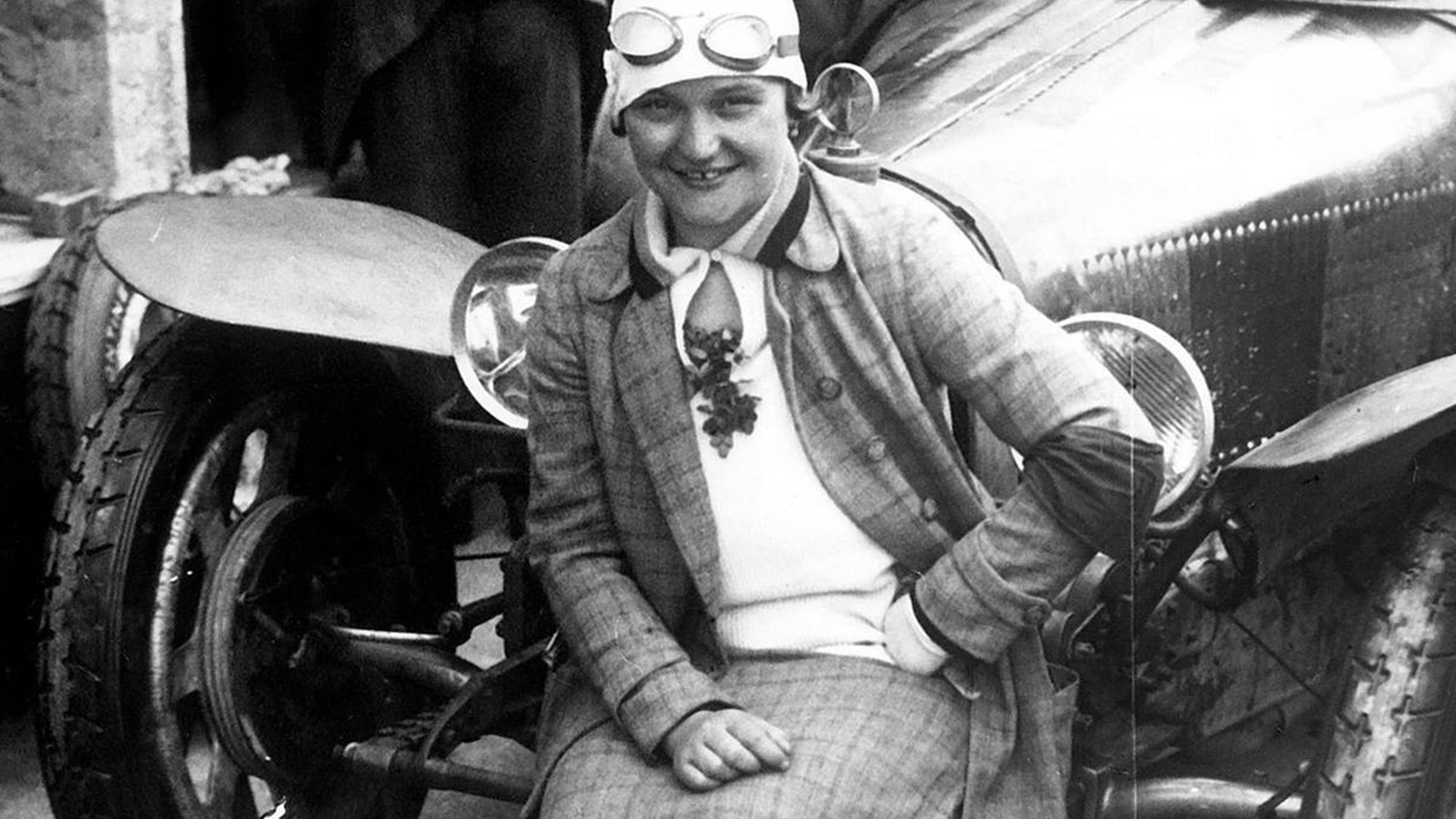 © Junek family archive
© Junek family archive -
 © Martin Lindner/Creative Commons licence https://creativecommons.org/licenses/by-sa/3.0/legalcode
© Martin Lindner/Creative Commons licence https://creativecommons.org/licenses/by-sa/3.0/legalcode -
 © Cupra
© Cupra -
 © Veloce Publishing
© Veloce Publishing -
 © Dutch National Archive/Creative Commons licence https://creativecommons.org/licenses/by-sa/3.0/nl/legalcode
© Dutch National Archive/Creative Commons licence https://creativecommons.org/licenses/by-sa/3.0/nl/legalcode -
 © Fabien Rochet/Creative Commons licence https://creativecommons.org/licenses/by-sa/4.0/legalcode
© Fabien Rochet/Creative Commons licence https://creativecommons.org/licenses/by-sa/4.0/legalcode -
 © Audi
© Audi -
 © Penny Richards/Creative Commons licence https://creativecommons.org/licenses/by-sa/4.0/legalcode
© Penny Richards/Creative Commons licence https://creativecommons.org/licenses/by-sa/4.0/legalcode -
 © twm1340/Creative Commons licence https://creativecommons.org/licenses/by-sa/2.0/legalcode
© twm1340/Creative Commons licence https://creativecommons.org/licenses/by-sa/2.0/legalcode -
 © Newspress
© Newspress -
 © Newspress
© Newspress -
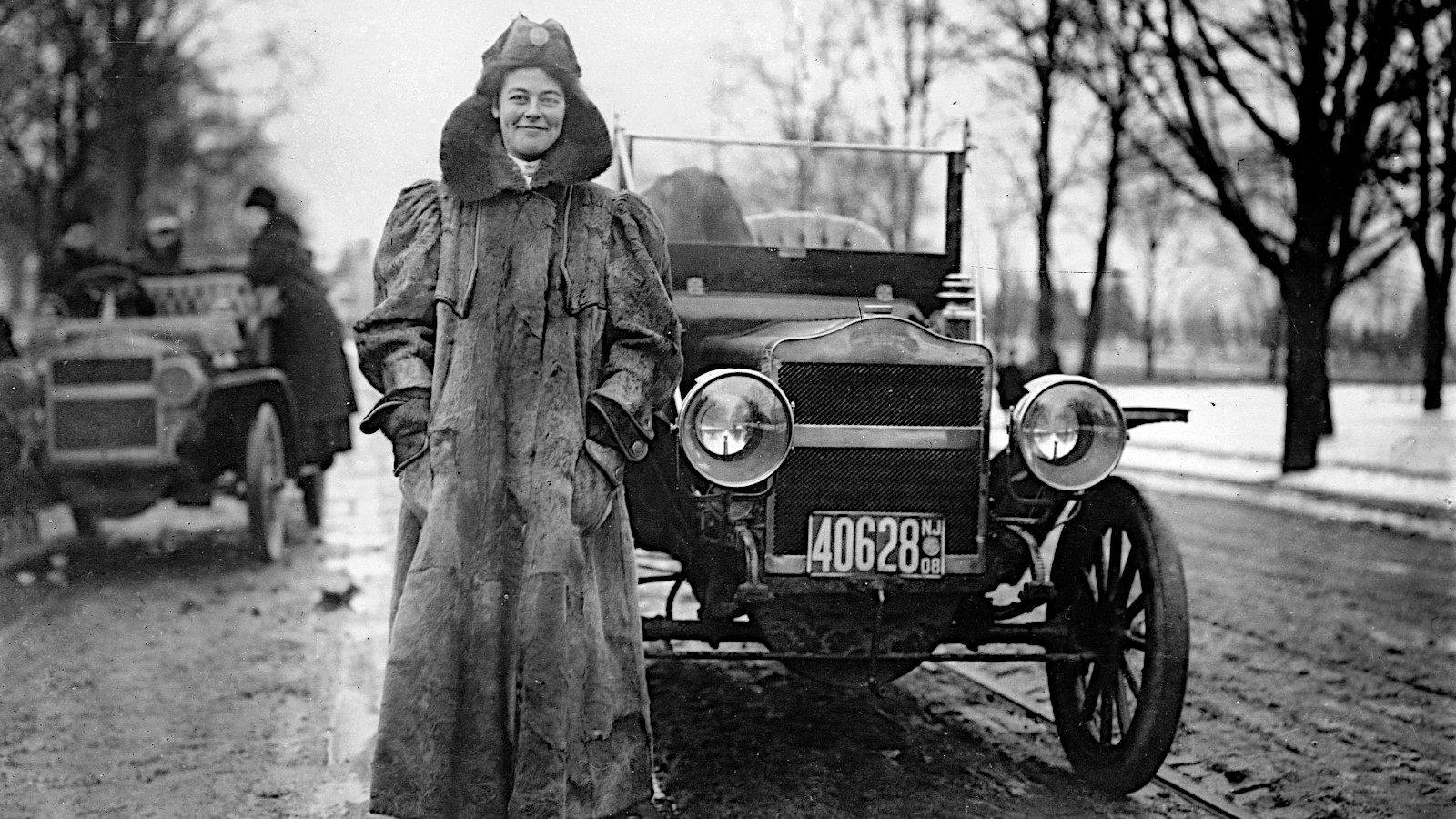 © Bain News Service/Public domain
© Bain News Service/Public domain -
 © Maxwell-Briscoe Company
© Maxwell-Briscoe Company -
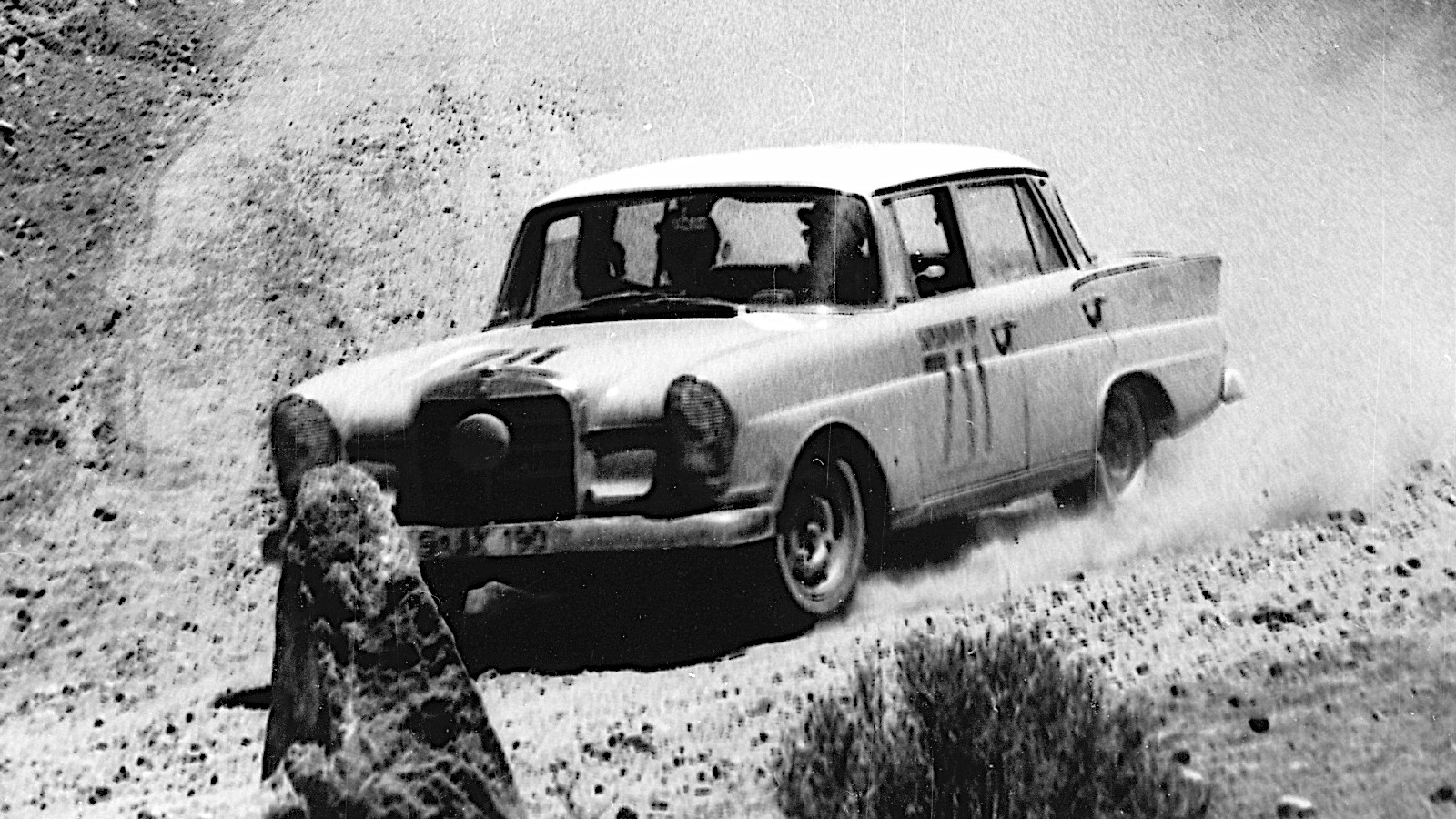 © Daimler
© Daimler -
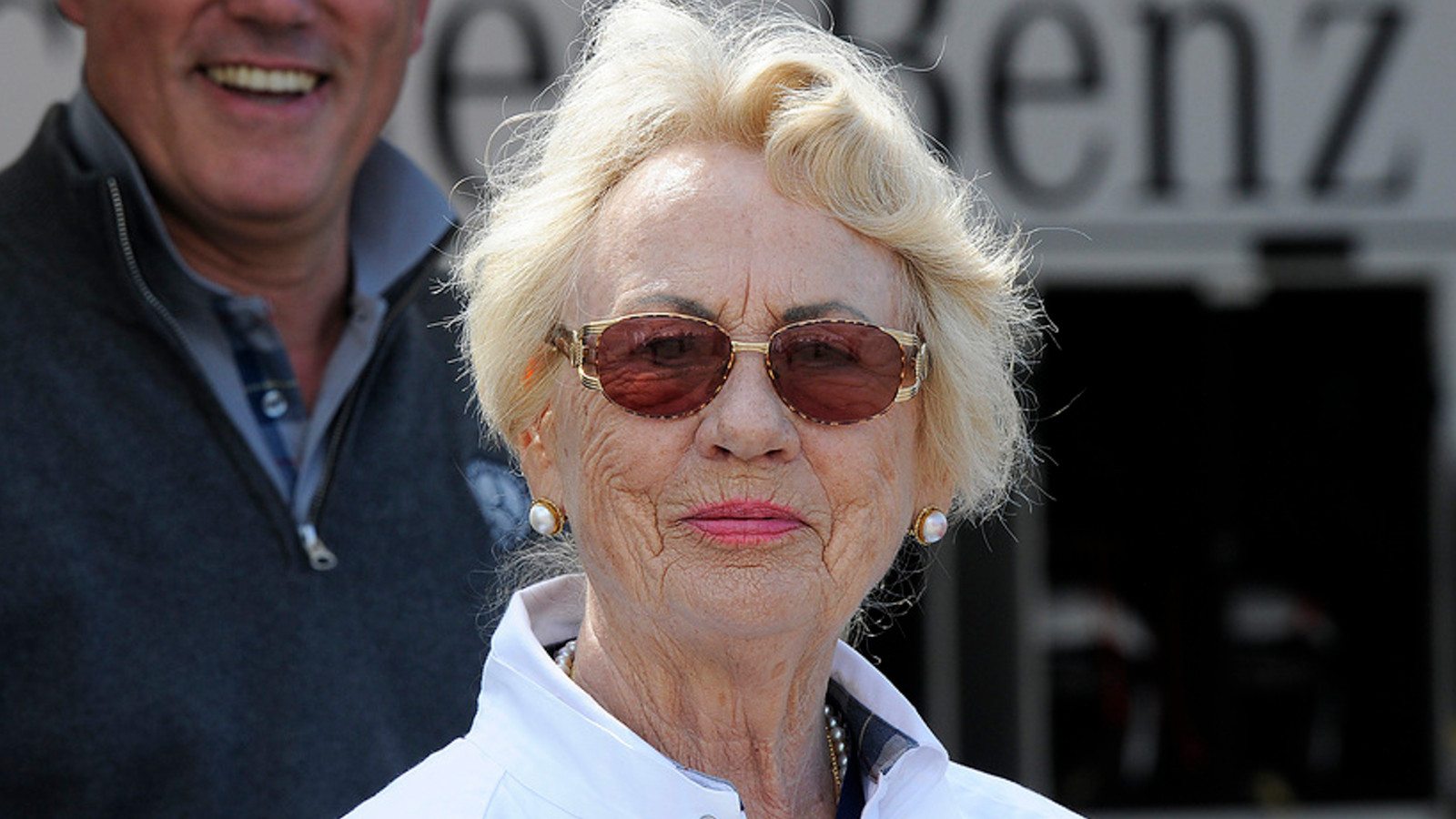 © Daimler
© Daimler
-
Pioneering heroines
March 8 is International Women’s Day*, so this is a good time of year to take a swipe at the notion that female drivers are inherently less capable than males.
This isn’t true today, and it was demonstrably untrue more than 100 years ago.
To illustrate that, here are 12 women who made a big impact on motoring in general or motorsport in particular before 2000, listed in alphabetical order of the surnames by which they are best known.
There are plenty more where they came from, this is just the tip of the iceberg, so when you’ve finished reading this do find out about, for example, Kitty O’Neil, and prepare to be thrilled.
*Yes, there’s an International Men’s Day too. It’s November 19.
-
1. Bertha Benz
There’s no doubt that Carl Benz was an excellent engineer, but part of his success was due to the fact that he was married to one of the most brilliant people in motoring history.
Bertha Benz knew far more about the value of publicity than her husband did, and realized that he needed more of it if his project was to become worthwhile.
Early one morning in August 1888, before Carl had woken up, she sneaked out of the family home in Mannheim with her two young sons and pushed the Benz Patent Motorwagen No 3 (the third example of what is widely agreed to be the first ever car) to the end of the street.
Out of Carl’s earshot, they fired it up, whereupon Bertha drove it to her mother’s house in Pforzheim, more than 60 miles away. This was a phenomenal distance for a car at the time, and a few days later Bertha repeated it, returning home by a slightly different route.
-
Bertha Benz (cont.)
As news spread of what Mercedes calls “the journey that changed everything”, people became fascinated by the Motorwagen, and orders began to roll in.
Bertha Benz was therefore not only the first person to embark on a long road trip, but also the first to publicize a car rather than simply advertise it.
Since she also carried out running repairs, and suggested ways in which the Motorwagen could be improved, she was also the first test and development driver.
Carl, who described his wife as “more daring than I”, knew how important her achievement was, and never stopped praising her for it.
Here, Bertha’s great-granddaughter, Jutta Benz, is pictured with an 1888 Patent Motorwagen.
-
2. Violette Cordery
Although she was also a talented racing driver, Violette Cordery became famous mostly for a series of long-distance runs devised to publicize the Invicta company founded by her brother-in-law, Noel Macklin.
For example, she was part of a team which spent more than a week at Monza in 1926, setting speed records over distances of 10,000 miles and more.
The following year, she traveled a similar distance in a round-the-world journey. Among her passengers was an observer from the Royal Automobile Club, who was there to confirm that she did all the driving herself.
Perhaps most spectacularly of all, Cordery and her younger sister Evelyn completed 30,000 miles in slightly fewer than 30,000 minutes at Brooklands in 1929. This was not a non-stop run, but the Corderys were regularly at the wheel for 12 hours a day.
-
Violette Cordery (cont.)
Her performances at Monza and Brooklands both earned her the Royal Automobile Club’s Dewar Trophy.
In theory, the Dewar is awarded annually for an outstanding achievement, but in reality this happens only in years when the Club believes a person or company has deserved it.
The policy is so severe that the trophy has been presented just 51 times since 1906.
Nearly a century after her incredible drives, Violette Cordery remains the only individual to have won it twice.
This photo shows Cordery’s Invicta during the 1927 world tour.
-
3. Joan Newton Cuneo
Although her career was cut short by bureaucracy and social norms, Cuneo was undoubtedly one of the finest American drivers in the first decade of the 20th century.
Starting in 1905, she took part in three Glidden Tours – long-distance reliability trials held on terrible roads – and soon added racing to her portfolio.
On the first of those Tours, her White Steamer (1906 model pictured) fell off a bridge and landed on its side in a river after Cuneo was forced to avoid another competitor.
To the astonishment of onlookers, once the car had been put back on its wheels she simply drove it back out and continued on her way.
-
Joan Newton Cuneo (cont.)
Cuneo’s golden hour came at the 1909 Mardi Gras race meeting in New Orleans.
Her driving, later described as “really the most astonishing feature of the carnival”, was good enough for her to win several events, and she was overshadowed only by rising star Ralph De Palma, whose purpose-built Fiat Cyclone was much faster than Cuneo’s Knox Giant.
Shortly after this, the American Automobile Association, which had taken a dim view of the whole business for some time, banned women from competing in its sanctioned events.
Cuneo continued to take part in exhibition runs and speed trials, but never raced again.
Here, Cuneo is pictured at the wheel of a Rainier.
-
4. Erica Enders
At the time of writing, Erica Enders is not yet 40 years old, but she qualifies for this pre-2000 list because she began racing in Junior Dragsters in 1992, at the age of just eight.
She graduated to much faster cars when she was allowed to, and after some success at amateur level she embarked on a professional career.
This has centered on the intensely competitive Pro Stock category, for purpose-built sedan cars with engines producing nearly 1500HP.
-
Erica Enders (cont.)
Erica Enders has become indisputably the most successful Pro Stock driver of her era.
She won the National Hot Rod Association’s Pro Stock Championship (essentially the world title) for the first time in 2014 and the fifth in 2022. In the past decade, no other driver has won it more than once.
In March 2022, she lowered the world elapsed time record for the class to 6.450 secs. Her finish-line speed record of 215.55mph, set in May 2014, still stands today.
-
5. Elisabeth Junek
Better known in the West as Elisabeth Junek, Eliška Junková became involved in motor racing because her husband was interested in it, and quickly established herself as a tremendously fast driver.
Her most famous performance was in the 1928 Targa Florio road race, which she led after two of the five 67-mile laps in her Bugatti against Europe’s finest drivers.
After the fourth, she was just behind Giuseppe Campari’s Alfa Romeo, which lost time on the fifth due to a puncture. An epoch-making victory was within her grasp.
-
Elisabeth Junek (cont.)
In fact, Junek did not win the race, but that had nothing to do with her driving.
She had mechanical troubles of her own, variously described as a puncture or a failed water pump (or perhaps both) and lost more time than Campari did.
Albert Divo won in another Bugatti, with Junek down in fifth, but it was well understood that her performance had been mesmerizing.
Her husband was killed in another race shortly afterwards. Junek retired from the sport immediately, denying us the chance to see what she could have done with the Grand Prix monsters of the 1930s.
You can read a fuller account of her life here.
-
6. Jutta Kleinschmidt
After studying physics, Kleinschmidt worked as a vehicle development engineer at BMW, and competed on motorcycles as a hobby.
In 1992, she gave up her job to become a professional motorsport competitor, initially on ’bikes.
She later switched to cars, and by the end of the decade she was one of the world’s top drivers in rally raid events, finishing third in the 1999 Dakar Rally.
-
Jutta Kleinschmidt (cont.)
Two years after that first podium position, she won the Dakar outright in 2001, narrowly beating Mitsubishi teammate Hiroshi Masuoka. She followed this with second place behind Masuoka in 2002.
Since then, Kleinschmidt has taken part in various extreme sports. She also runs the FIA Smart Driving Challenge.
She has recently competed on behalf of Cupra in the Extreme E off-road series for electric vehicles, partnered with Mattias Ekström in 2021 and fellow Dakar winner Nasser Al-Attiyah in 2022.
-
7. Pat Moss
While Stirling Moss is widely regarded as one of the finest racing drivers in history, a similar accolade could be given to his rallying sister.
She won the European Ladies’ Rally Championship five times, but even that achievement is overshadowed by her overall success on the brutally exhausting events held during her career.
It was achieved in very different cars, ranging from a Mini to the formidable Austin-Healey 3000 (pictured).
-
Pat Moss (cont.)
To take just a few examples, Moss won the 1962 Tulip Rally in a Mini, against fierce competition, finished third overall in that year’s East African Safari in a Saab 96 (beating, among other people, her husband Erik Carlsson in a similar car) and won the 1968 Sestriere Rally in a Lancia Fulvia.
The next four finishers in Sestriere, including star drivers Harry Källström and Ove Andersson, were also in Fulvias, so there was no question of her having a car advantage.
Her career continued well into the ’70s. She won her class on the 1972 Rallye Monte-Carlo in an Alpine A110, and was employed by Dealer Team Toyota to compete in a works Celica on the RAC two years later.
-
8. Michèle Mouton
Mouton’s first experience in motorsport was as a navigator, but she quickly switched to driving in an Alpine A110, and was later employed as a works driver for Fiat, Audi and, briefly, Peugeot.
Her Audi period was the most successful. All of her World Rally Championship event victories were at the wheel of a quattro, and she came very close to beating Opel’s more experienced Walter Röhrl for the title in 1982.
-
Michèle Mouton (cont.)
The matter came to a head in the Ivory Coast Rally in October. Mouton had retired from the season-opening Monte-Carlo event, which Röhrl won, but closed the gap with dominant wins in Portugal, Greece and Brazil.
In Africa, the two battled hard until Mouton crashed out, giving Röhrl victory in both the rally and the championship.
Mouton retired after the 1986 season when the Group B era came to an end. Her competition record also includes a class win at Le Mans in 1975 and overall victory at the Pikes Peak hillclimb in an Audi Sport quattro (pictured at Goodwood in 2007) a decade later.
-
9. Shirley Muldowney
In 2000, the National Hot Rod Association celebrated its half-century by compiling a list of the top 50 racers in drag racing history.
The criteria included results, fan popularity, innovations and technical breakthroughs, which made it almost inevitable that Don Garlits (known in the sport as Big Daddy for his many achievements rather than his physical stature) would be number one.
Shirley Muldowney, who did not innovate or advance the sport technically, nevertheless placed fifth on the basis of her mighty skill and deserved popularity.
-
Shirley Muldowney (cont.)
Starting out in 1958, Muldowney reached the ultimate class, Top Fuel, in 1973. Nine years later, she became the first person to win the NHRA Top Fuel Championship three times, beating Garlits to that honor by four years. She competed in the category for the final time in 2003.
As strange as it seems now, when Brittany Force has just won her second Top Fuel title, Muldowney’s very presence in the sport was once challenged by people who didn’t think a woman should be racing at this level at all, which was nearly everyone.
In a way, this only enhanced her reputation, even though it didn’t need any enhancing.
To quote Garlits (with whom she had an intense and often fractious rivalry for many years), “If you ask who do I have the most respect for, I’d say Shirley Muldowney. She went against all odds. They didn’t want her to race Top Fuel, the association, the racers, nobody … just Shirley.”
Pictured is Muldowney’s 1986 Top Fuel dragster.
-
10. Kay Petre
Although she was Canadian, Petre had moved to the UK by the time she started her motorsport career.
This included a spell as a works driver for Austin, along with winning performances in a great many other cars. She also competed in the Le Mans 24 Hour race three times, though never in a sufficiently fast or reliable car to achieve a good result.
Petre is perhaps best known for her 1930s exploits in a mighty 10.5-liter V12 Delage which had previously held the outright Land Speed Record for six days in 1924.
Since she was less than five feet tall (and therefore smaller even than the very petite Joan Newton Cuneo), the Delage had to be adapted so that she could drive it. Once this had been done, Petre was in complete control of a monster which would have terrified lesser drivers.
-
Kay Petre (cont.)
In 1935, Petre and Gwenda Stewart, another leading driver of the period, battled for the Ladies Record at Brooklands at the wheels of the Delage (pictured) and a modified Indianapolis Miller respectively.
The Derby-Miller, as the latter was known, had a much smaller but very powerful supercharged engine, and was considerably lighter than the Delage. Stewart eventually put the record out of Petre’s reach with an average lap speed of 135.95mph, but Petre had achieved 134.75mph in a remarkable display of skill and bravery.
To put this into context, the Delage had previously been owned by John Cobb, who subsequently set the all-time Brooklands record in a substantially more powerful car, and would later go on to break the Land Speed Record twice.
Cobb was unquestionably a driving hero, but his best lap at Brooklands in the Delage was 133.88mph. Petre had driven the same car nearly a full mile per hour faster.
-
11. Alice Ramsey
Today, driving across the USA takes a long time, but it’s fairly straightforward and can be done by almost anyone.
This was not the case when Alice Ramsey performed the feat in 1909. Her route from New York to San Francisco was more than 3500 miles long, only an estimated 150 miles of it were on paved roads, some of the terrain was so bad that it could now be crossed only in an SUV or a pick-up truck, and on occasions the weather was awful.
Nevertheless, Ramsey did it. Like Violette Cordery 18 years later, she had company – two sisters-in-law and her friend Hermine Jahns – but there was no need to check that she drove all the way. She had to, because none of her companions knew how to do it.
It wasn’t the first trans-American trip by car – Horatio Jackson and Sewall Crocker had done the same thing six years earlier. But they shared the driving, and they did it to win a bet. Ramsey’s journey was a serious works effort.
-
Alice Ramsey (cont.)
Ramsey began driving in 1908, aged 21, in a Maxwell, and very quickly became notable for her long journeys both on leisure trips and in competitive events.
This came to the attention of the car’s manufacturer, which later became absorbed into Chrysler. Maxwell was one of the few companies at the time to recognize that a woman’s dollar was as good as a man’s, and suggested that Ramsey make the journey (with a new car and technical support) in the interests of generating publicity.
Newspapers ridiculed the idea that a woman could even attempt to drive from sea to shining sea without expiring in a fit of the vapors. “This criticism, of course, merely whetted the appetites of those of us who were convinced that we could drive as well as most men,” Ramsey wrote in her memoirs. “It’s been done by men, and as long as they have been able to accomplish it, why shouldn’t I?”
The remainder of Ramsey’s long life was pleasant but generally uneventful, though she always enjoyed long journeys, crossing the US several more times in later years and sharing the wheel on a 7000-mile tour of Europe in 1955. She abandoned driving only in 1982, a year before she died at the age of 96.
This photo is a publicity shot of Ramsey and her passengers before the trans-America journey.
-
12. Ewy Rosqvist
Rosqvist developed her driving talent as she traveled rapidly from one Swedish farm to the next during her time as a veterinary assistant.
With encouragement, she became first an amateur and then a works rally driver, competing in Saabs, then Volvos, and finally as a member of the Mercedes-Benz team.
By the early 1960s, she was without question one of Europe’s finest female rally drivers but, like her rival Pat Moss, she was also more than that.
How much more became fully apparent in 1962, when she took part in the Gran Premio Turismo International in Argentina.
-
Ewy Rosqvist (cont.)
The Gran Premio covered several thousand kilometers in just six days. Before the 1962 event began, Rosqvist was asked by a local journalist if she thought she stood a chance.
Juan Manuel Fangio, the five-time Formula One World Champion and now Argentina’s Mercedes representative who had competed in events like this before his Grand Prix career began, would not have asked that question.
He had spoken with Rosqvist and her navigator, Ursula Wirth, before the event, and was sure that Rosqvist’s combination of speed and mechanical sympathy would make them leading contenders.
They did. The other Mercedes entries crashed (in one case fatally), broke down or went over the time limit. Rosqvist and Wirth not only won the event, they completed the course at a higher average speed than anyone had achieved before. Of all Rosqvist’s fine drives, this was surely the greatest.
Here she’s pictured in 2014.
